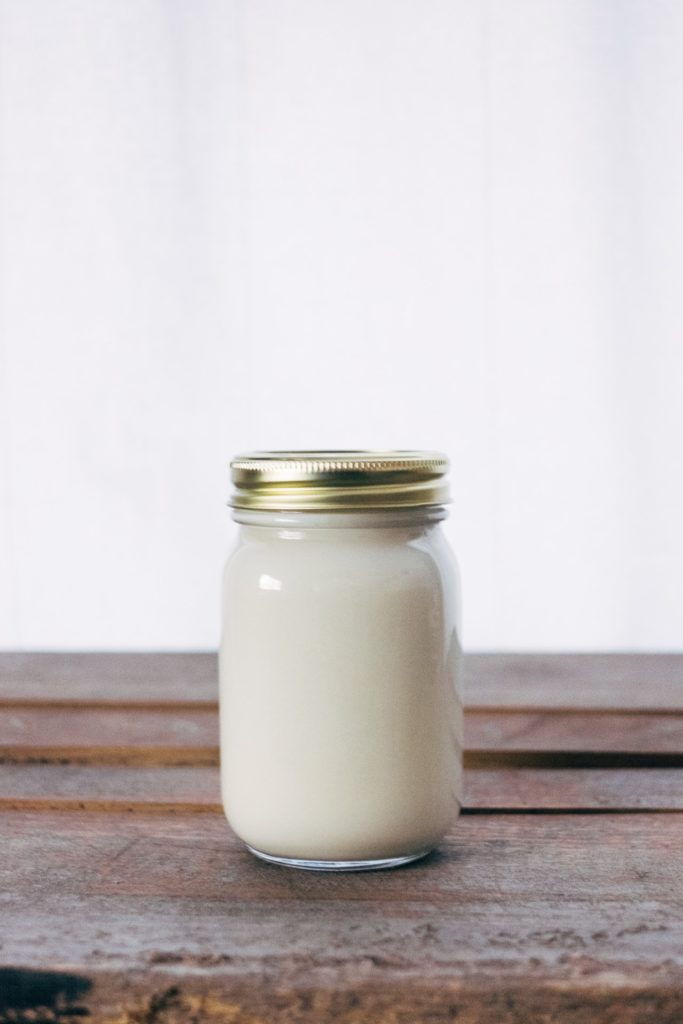0% Fat Free

We are all prone to spelling mistakes and the odd oversight but Thailand seems notorious for not checking English before promoting expensive advertising campaigns. I have seen schools advertising ‘where chlidren come first’ and banners covering the whole of Ramkamheng and the Sports Authority of Thailand advertising events for the ’23th of March’. One of the most common mistakes, which I see absolutely everywhere, is where products have been priced in ‘bath’ instead of ‘baht’. As much as I would like to pay with soapy water, it just isn’t going to happen.
The one error that really stands out to me is at our favourite convenience store, 7/11, where yoghurt and milk varieties read “0% fat free”. This might just be very clever marketing and a way of hiding the fact that it is actually 100% fat or it is a mistake and it should read ‘100% fat free’. Either way the grammatical error is not the most evil part of their slogan. We have already discussed the dangers of sugar (and fructose) in previous posts and the clever ways in which promoters swerve around having to say just how unhealthy their products are. Well this is one of the biggest smoke screens of them all.
0% Fat ≠ healthy.
In fact it is quite the opposite. Fat is not the biggest killer and we need good amounts of fat to keep us healthy; the
right kinds of fats of course. The killer is sugar and if you check any ‘fat free’ product you will see that the sugar content is always higher and sometimes double that of it’s fatty counterpart. This doesn’t mean stay away from milk or yogurt. Dairy products generally do contain a lot of natural sugar and have many important nutrients, but a lot of them have added sugar too. Check the labels but ignore the ‘fat free’ propaganda campaign. Find the yoghurts with lower sugar counts. These will no doubt be the healthiest option. Plain yoghurts are generally the better option, but make sure that they are from a good quality source. Again the plain yoghurts in 7/11 tend to replace the fruit flavour with extra sugar so be careful.
What about ‘low fat’ or ‘low sugar’ products? These are arguably worse than the fat free products. Reduced fat, sugar or salt does not mean that the product has low amounts of these substances. Take for example the Soy milk in 7/11. The blue carton is the full sugar version with over 30g of sugar whereas the brown version is advertised as low sugar and indeed it is ‘lower’ but still contains around 15g. That is more than your recommended daily quotient, hardly low sugar. The meaning of the word ‘low’ is very subjective. A plane can fly low to the ground and be anywhere between 10 metres and 5000 metres up.
The basic premise of this post is to check the labels and don’t believe the slogans. In the UK people are much more aware these days and while it is a legal requirement to have the nutritional content of the product on the packaging, companies are now starting to cover up the data with stickers, something that I have seen replicated in Thailand too. For those readers who can’t read Thai and don’t know what sugar looks like on the label, it will be written ‘น้ำตาล’ but also look for fructose as well ‘ฟรุกโตส’.
I apologise for any spelling mistakes or grammatical errors. Please feel free to correct me 🙂
British Early Years Centre is a British International Kindergarten School in Bangkok
